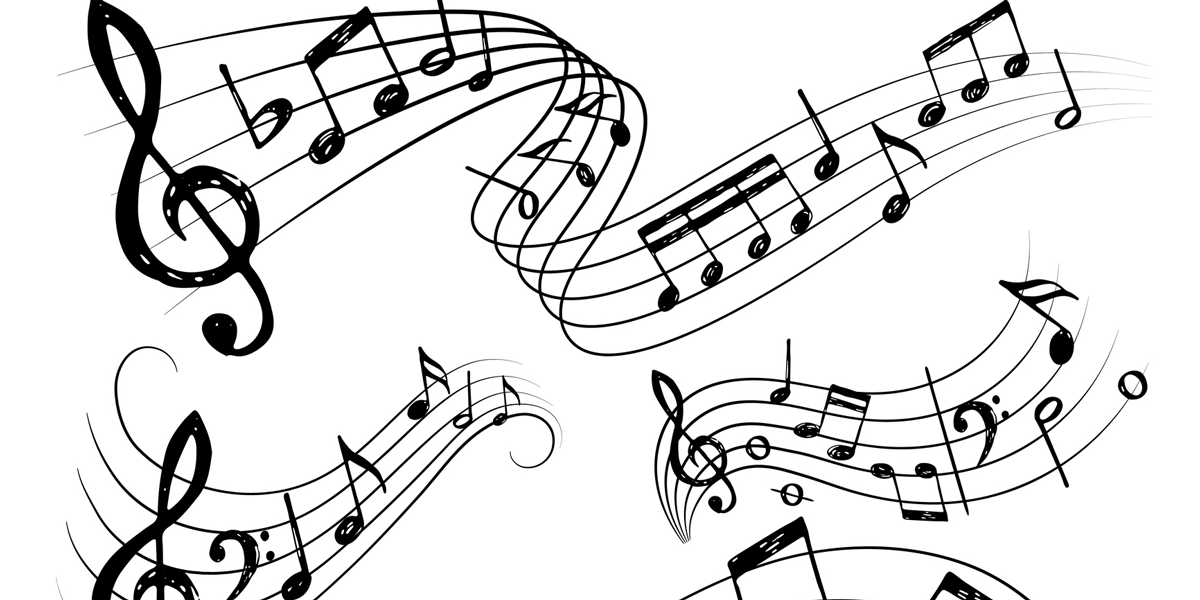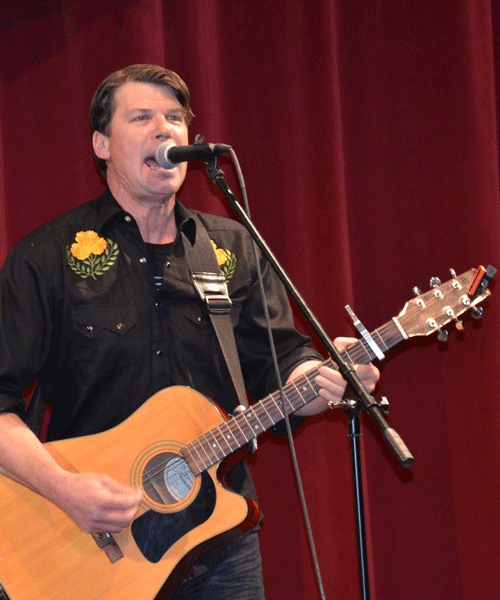
In the age of COVID-19, I have found music to be a source of healing and relief. Not only am I playing a lot of music on my guitar, I am listening. The music industry has lost legends since the pandemic started: John Prine, Jerry Jeff Walker, Billy Joe Shaver, Little Richard, Toots Hibbert, Eddie Van Halen, among others. Their deaths awakened my curiosity and led me to dig into their music catalogs. My wife got me onto a Dolly Parton podcast that has been fascinating. Dolly at 74 is still going strong with a Netflix special coming out. Her philanthropy also helped fund a potentially successful COVID-19 vaccine! I have found that listening or playing music at night has been a good way to relax and restore my well-being.
When I was trying to learn a great Gillian Welch song, “Miss Ohio,” recently, I played a wrong note—which I do often. I found myself wondering why it is so obvious when someone makes a mistake. Music can be so varied, and there are countless combinations of notes and tones; yet, it is amazing that even a novice listener can tell what is a good song and what is a bad song. And, we can all tell when someone plays the wrong note. Curious, I turned to three resident Colorado Academy experts to get their thoughts: Jen Arnold, Phil Jones, and Kevin Padworski.
I asked them why the human brain reacts super positively to certain chord or scale progressions and super negatively to others? Why is it so obvious when one plays the wrong note? What makes a bad note register negatively with the human brain? And, what makes certain progressions and rhythms make people feel like a random song was specifically written for them? And, I wondered if there are cultural components, as well, to our reactions. Is human receptivity to the power of certain sequences of chords universal or culturally specific?
Fortunately, these three great CA music teachers were willing to humor my questions.
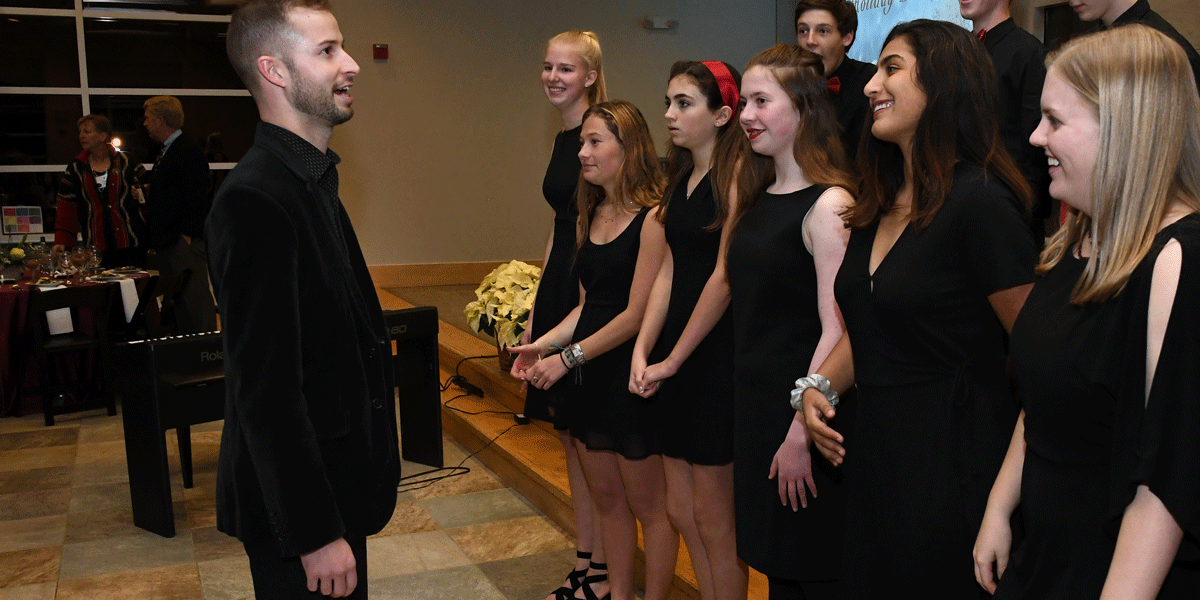
Dr. Kevin Padworski, CA’s Vocal Music Director, gave me insight into the neuroscience of music. Heschl’s gyrus—the primary auditory cortex of our brains—is what processes “pitch” for humans. Rhythms are processed in a completely different cortex, the putamen. “Pitch” is not the same as frequency—the latter is purely sound waves—and pitch is a human construct of how our brains process these sound waves from specific hair receptors in our ears directly to our Heschl’s gyrus. Kevin noted that rhythm is universal, while pitch seems to be culturally developed. He explained that, “perceived ‘wrong’ notes and chords come from a cultural construct made from our native language and its pitch fluctuation. Think of Mandarin or Urdu inflection compared to English or the effect of instrument development from country to country (development of the violin and keyboard instruments in Europe vs. percussion gamelan of Bali).”
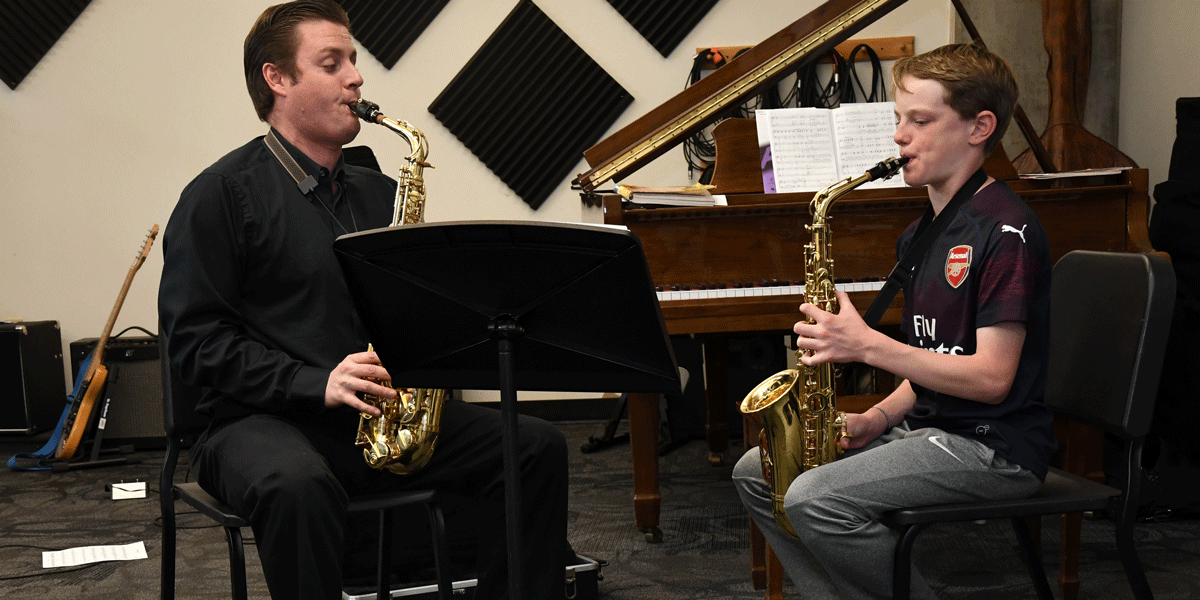
Phil Jones, our Jazz and Rock Band Instructor, responded to my questions with “Where to begin?” He gave me another deep dive into better understanding music and explained that, by looking at the physics of music and sound, we know that it is all vibration.
Kevin turned me on to an interesting book, The Jazz of Physics by Stephon Alexander, where he makes the case that all matter in the universe is essentially vibration (at least to the best of our understanding of string theory and the like), and that the universe and everything in it is akin to music. This may perhaps shed some light on why it can impact us so profoundly. The very physical nature of vibration and its impact on our bodies is probably overlooked in our study of music. Like Kevin, Phil observes that, “The cultural and historical component is also critical. We have definitely evolved as humans to accept more and more dissonance into our music (to varying degrees). In medieval music, certain harmonies were outright banned. Beethoven’s use of dissonant harmonies led to Stravinsky’s polychords and polytonalism and ultimately to Schoenberg, Ligeti, and other composers’ embrace of atonalism. Across cultures, rhythm and harmony are understood very differently, and yet, we can still appreciate the beauty, sadness, or joyfulness of a piece of music from any other country or culture. It’s been said many times, but music really does communicate in times when the spoken world can often fail to convey certain emotions.”
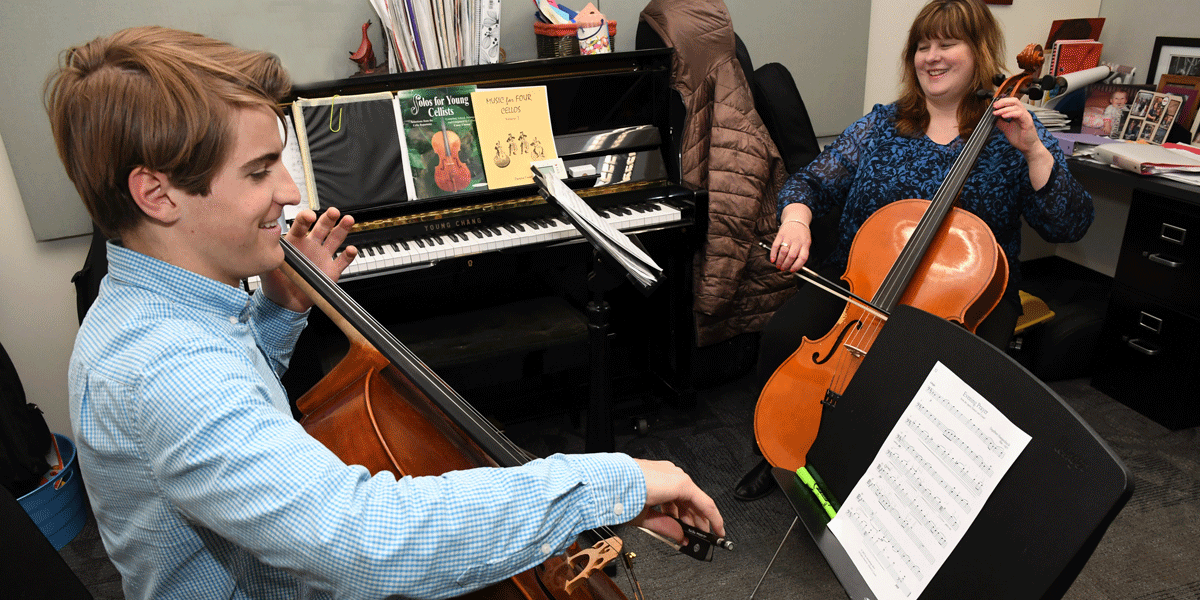
Jen Arnold, our Cello Instructor and Chamber Music Coordinator, wrote to me about the power of music, adding, “Music at its very core evokes feelings that can’t be shared in words. I remember clearly a performance with my string quartet years back where we performed ‘Adagio for Strings’ by Samuel Barber. I remember so well that we started playing and the audience was quite still and quiet, as it is a stunningly sad piece. As we got into it more, suddenly we heard what could be described as a loud moaning—very guttural—and it continued through most of the rest of the piece. After, we found out that there was an autistic child in the audience, and he was so moved by the music that he just began to vocalize. The recollection of it still gives me shivers. It was very haunting. And then you have pieces like ‘Fanfare for the Common Man’ by Copland, where, as my mom says, that ‘it just makes it seem like everything is right in the world’. Why that is, I do not know. But it does evoke that response from most people. Everyone has their own opinion about what music is good to them, probably shaped by their personal experience and memory attached to the music at some point in their life.”
In response to my question about wrong notes, I loved Phil Jones’s response, which underscores our philosophy at CA about being comfortable with failure. Phil noted, “In response to the idea of wrong notes, I’m sure that concept only applies because we have been trained to a great extent as to what are the ‘right notes.’ Again, this comes down to basic ideas of consonance and dissonance, and how accepting we are of it. In teaching jazz improvisation, I’ll often tell a student to improvise, using only the “wrong” notes. I have two purposes for this. First, I think if they are able to adeptly steer away from the “right” notes to the wrong notes, they must know the notes to avoid. Secondly (and maybe more importantly), I want them to let go of the idea of right and wrong notes. Any note can be right or wrong, it simply depends on the context and confidence with which the note is played.”
I hope in this holiday season you can de-stress and reconnect with what touches your soul by playing music and challenging yourself to get out of your comfort zone and play music that is more unfamiliar. Go ahead and make some mistakes in the process!
